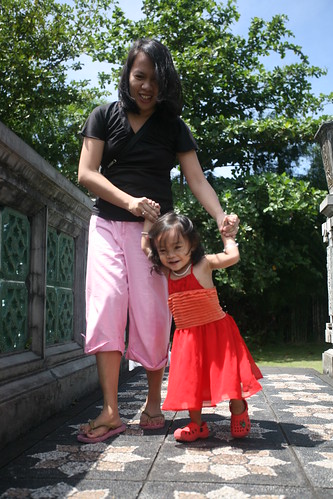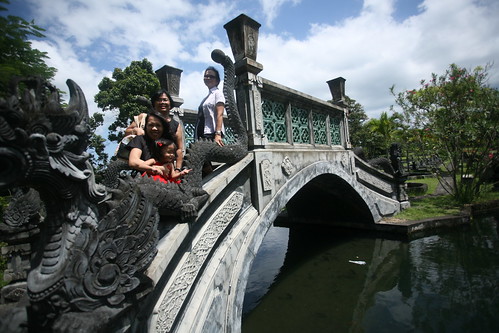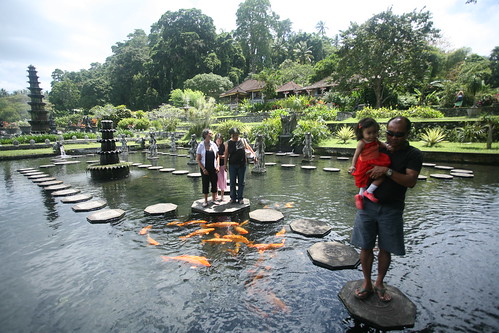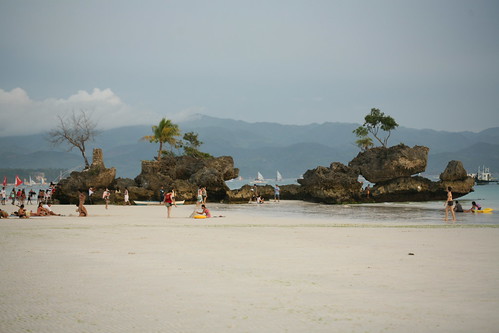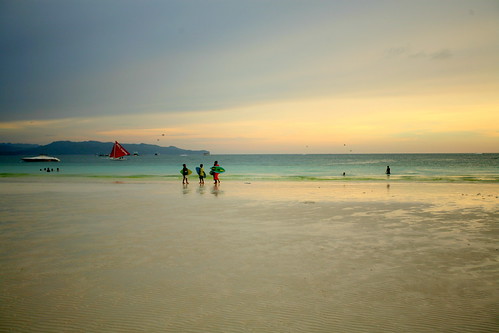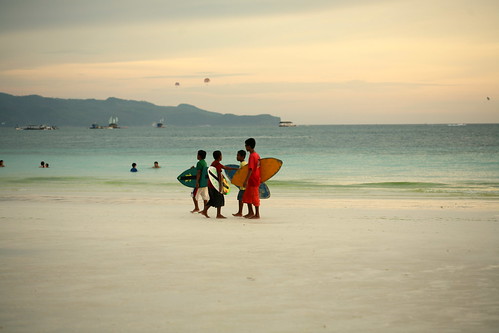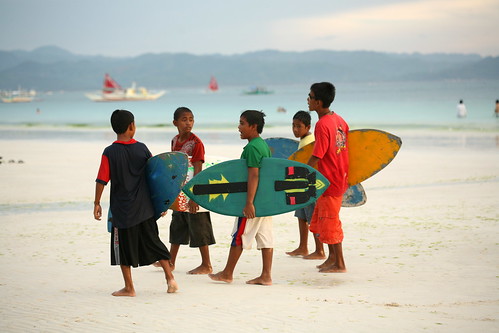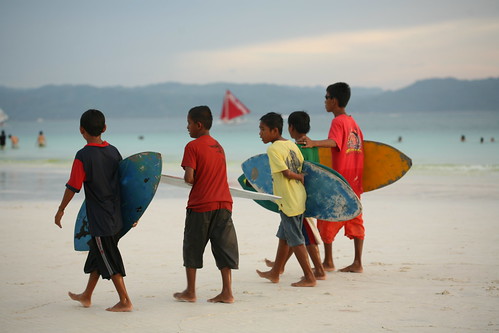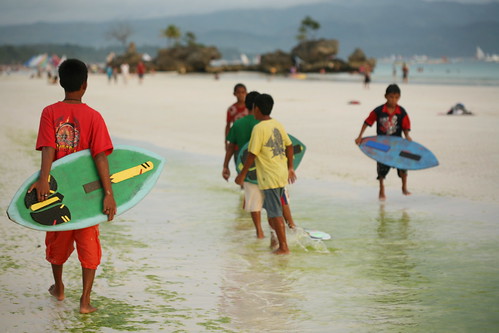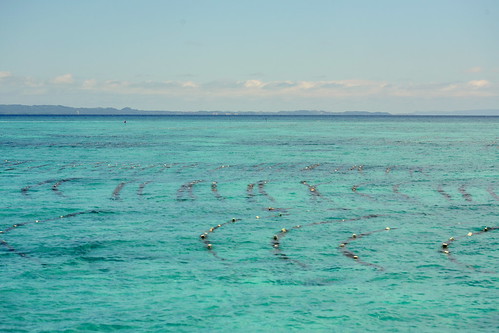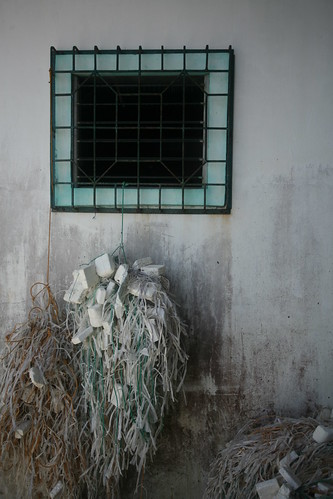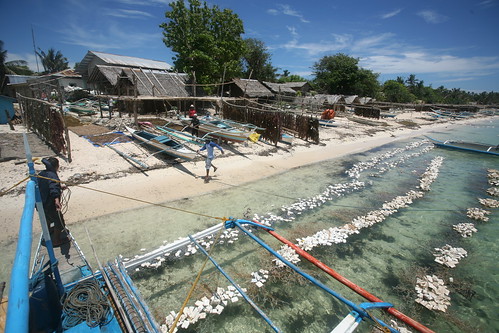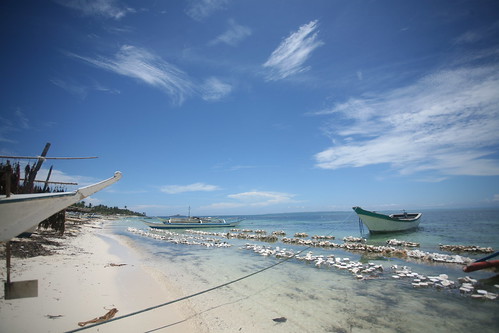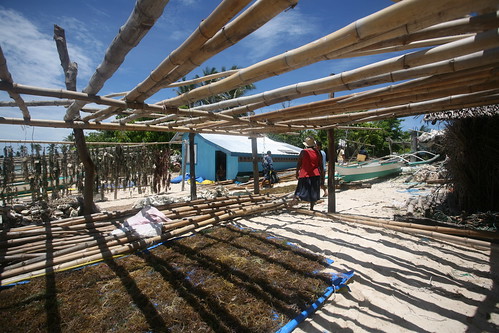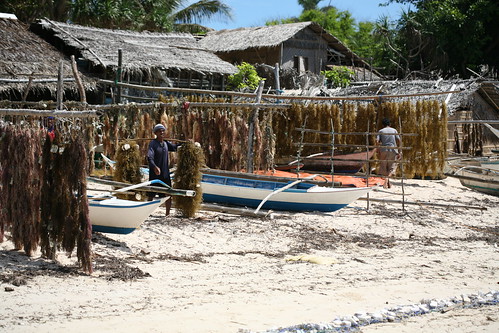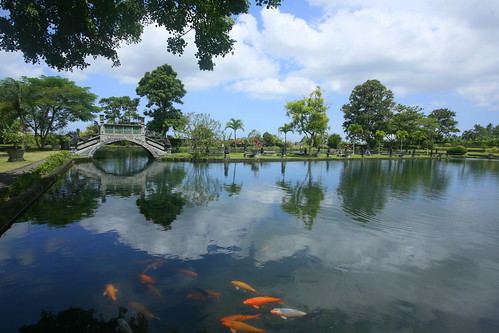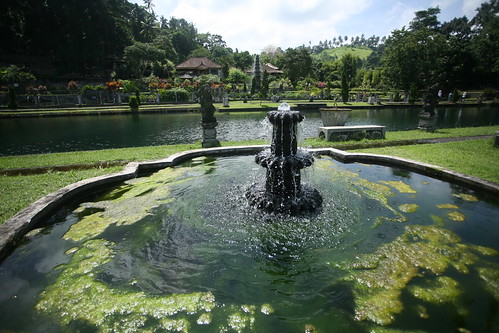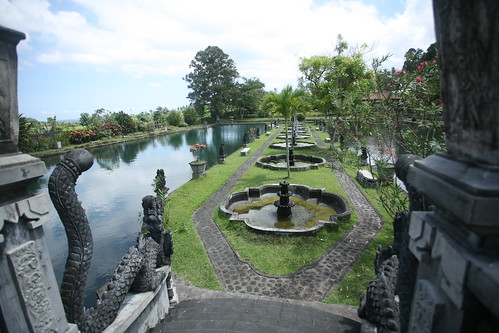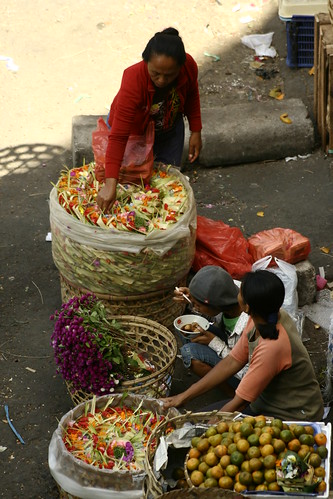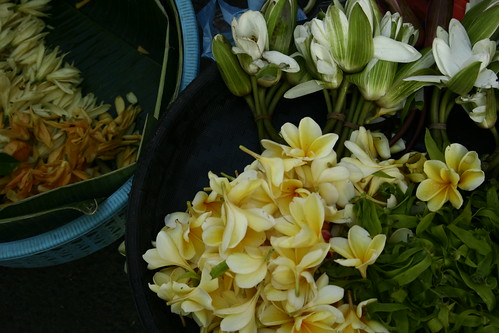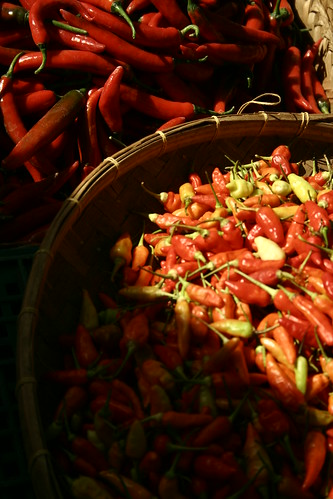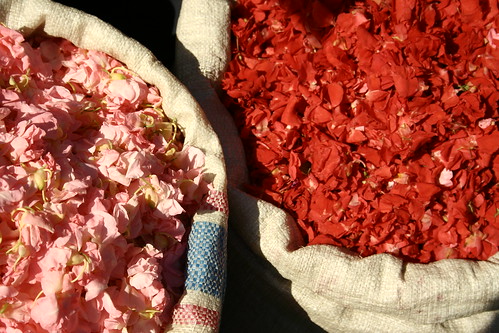Chua Phuoc Hai Tu- pagoda-hopping in Vietnam part 4
It is a temple of numerous names. The most popular is the Jade Emperor Pagoda but it is also referred to as Chua Phuoc Hai Tu (Chua is the Vietnamese term for temple), the Fuhai Monastery or even as the Tortoise Pagoda. 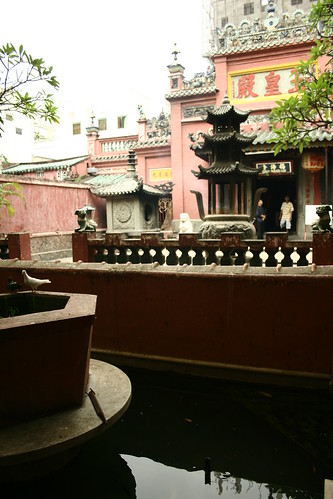
a fountain sits in the front yard of Chua Phuoc Hai Tu, Ho Chi Minh, Vietnam
Not surprisingly, the central court features the prominent figure of the Jade Emperor. Flanking him are other Taoist deities made of papier-mâché. Traditional decorations fill the hall, including beautiful inscriptions in Chinese that are as old as the temple which was constructed in the early 1900s. Elaborate carvings filled the other side hall which curiously, depicted visions of hell.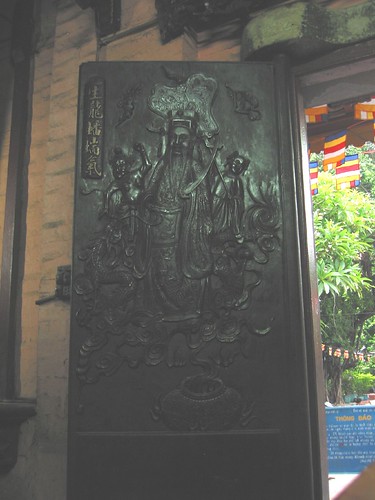
the carved wooden door of Chua Phuoc Hai Tu
I did remember my friend telling me that the temple is Vietnamese and not Chinese. This somehow confused me as all the pagodas I went to, from Thien Hau, Tam Son Hoi Quan and Chua Ong, were Buddhist or Taoist and are definitely Chinese in design and origin. Perhaps he meant that the temple is maintained or managed by ethnic Vietnamese and not by Chinese immigrants.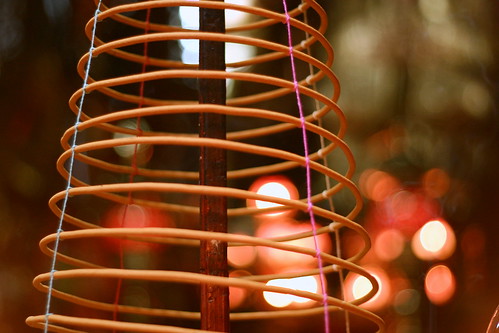
a conical incense coil inside the temple
a medallion as offering
It was my second time to visit this temple. As in my past, the pagoda was teeming with not just tourists like myself but also with the faithful who brought with them incense, food and other offerings. I tried not to get in the way and observed silently with my camera.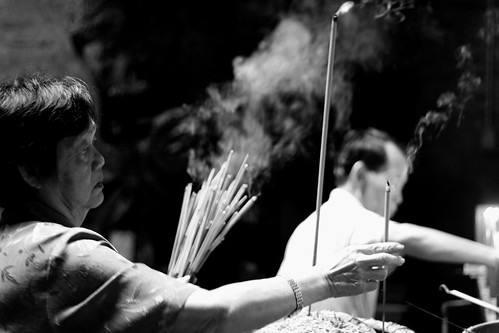
Chua Phuoc Hai Tu worship
To go:
Jade Emperor Pagoda aka Chua Phuoc Hai Tu and Fuhai Monastery
73D Mai Thi Luu, Ho Chi Minh, Vietnam
For more of my pagoda-hop series in Vietnam, visit:
part 1: Thien Hau
part 2:Tam Son Hoi Quan
part 3:Chua Ong







